Why I Always Carry a Backup Gear Box
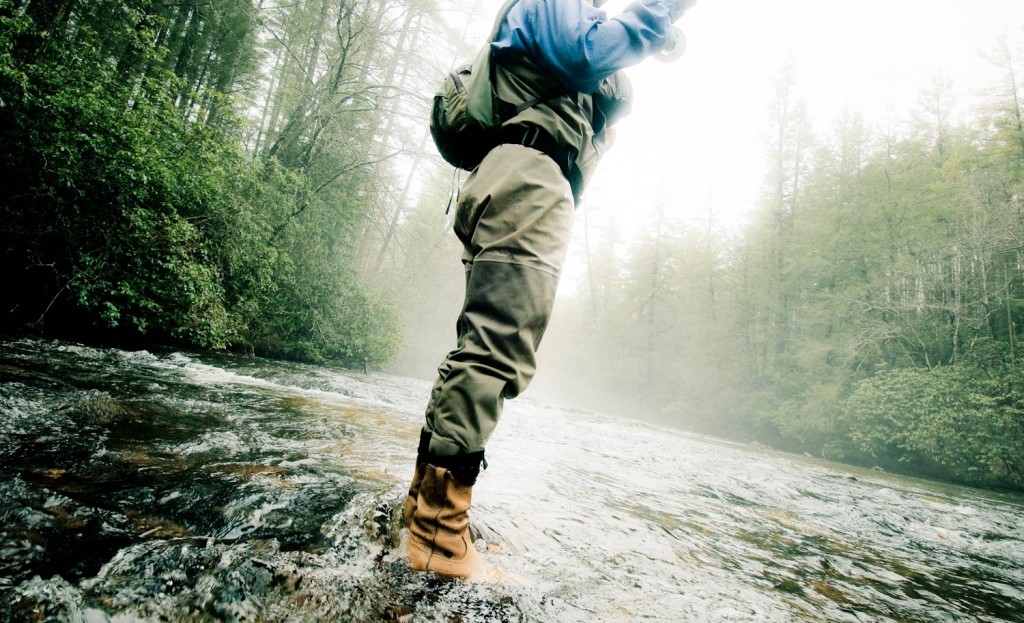
HAVE YOU EVER MADE IT TO THE RIVER AFTER A TWO HOUR DRIVE AND REALIZED WHEN YOU GOT THERE, YOU HAD FORGOT TO PACK ONE OF YOUR CRUCIAL PIECES OF FISHING GEAR?
I’ll be the first to admit I’ve been that unfortunate angler plenty of times, and it can ruin a day of fishing. A few years back I was forced to spend a day on Depuy’s Creek in MT wading around in a pair of my Justin cowboy boots. It was really ironic because I spent the morning packing all the gear for my virgin fly fishing buddies, and I was the one that ended up leaving my damn wading boots on the front porch. Those Justin boots were surprisingly comfortable wading in but they had zero traction, and I looked like a moron. I’ve never forgot my wading boots on a fishing trip since.
Backup Fly Fishing Gear Box. Photo By: Louis Cahill
These days I always try to keep a box of backup gear in my vehicle at all times when there’s room. This way I’m covered if a piece of gear slips my mind during my packing or if I have gear break down on me on the water. Don’t get carried away with the backup gear box, just pack the essentials. I”m talking about focusing on the gear that will cause you to shout multiple four letter obscenities when you find yourself without them. Below is a short list of gear I carry with me at all times.
CONTENTS OF MY BACK GEAR BOX
Read More »3 Ways to Make Your Wiggle Minnow Fish Better
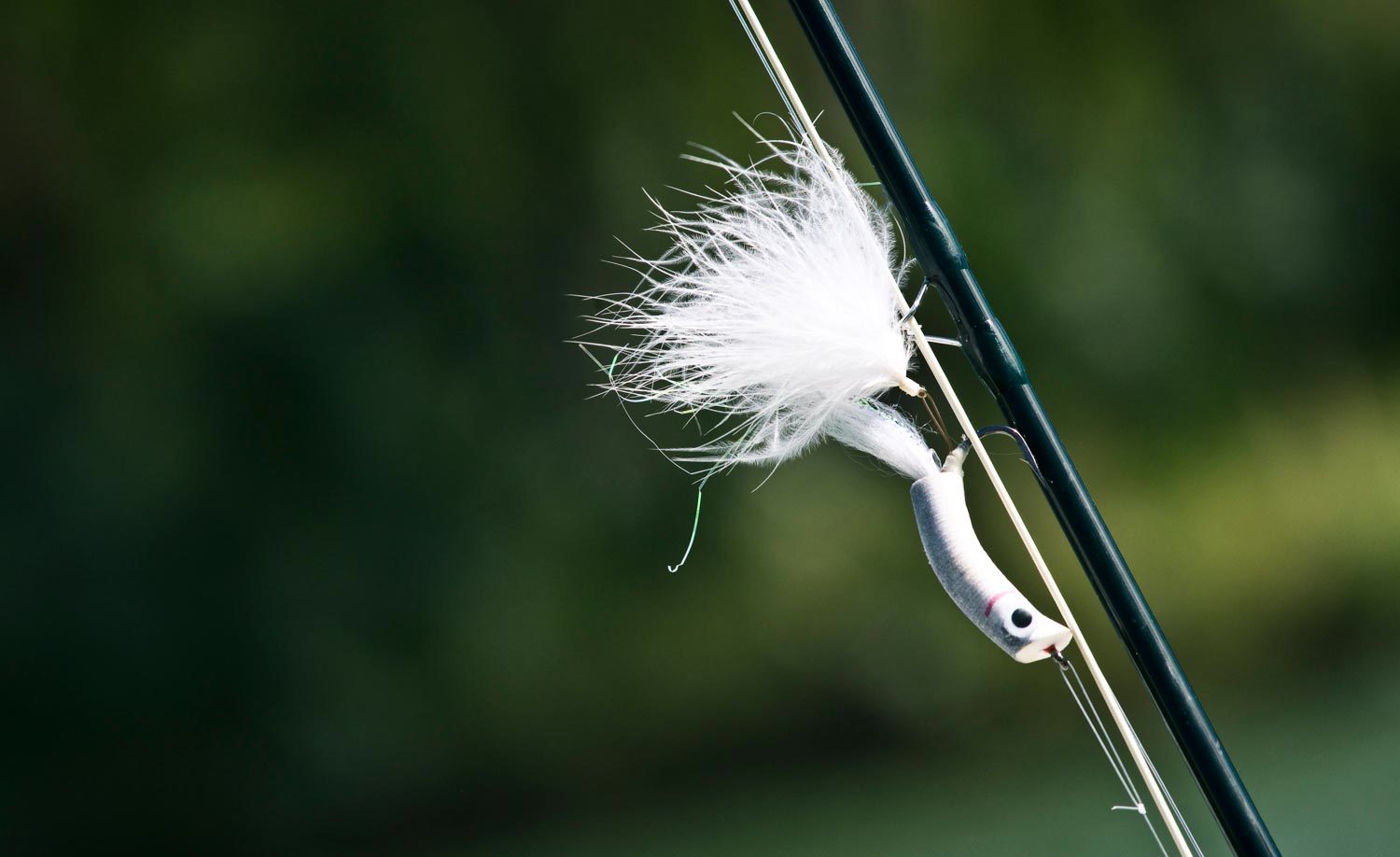
The foam wiggle minnow has been a mainstay streamer for me for trout and other predatory game fish for several years now.
When you combine its realistic swimming action and the significant water it pushes during the retrieve, its one of the best streamers I know of for calling in fish from great distances to eat. Plain and simple, the wiggle minnow will catch fish just about anywhere you visit in both fresh or salt, regardless of the water conditions you may find yourself fly fishing. Furthermore, it also fishes well on all types of fly lines (floating, intermediate, sinking) and on a wide range of rod weights. This can prove to be very valuable if you find yourself on the water with limited gear options. The last few years, I’ve been experimenting with modifications to my wiggle minnows in the effort to improve their fishability.
Read More »3 Tips for Fishing High and Dirty Water for Trout
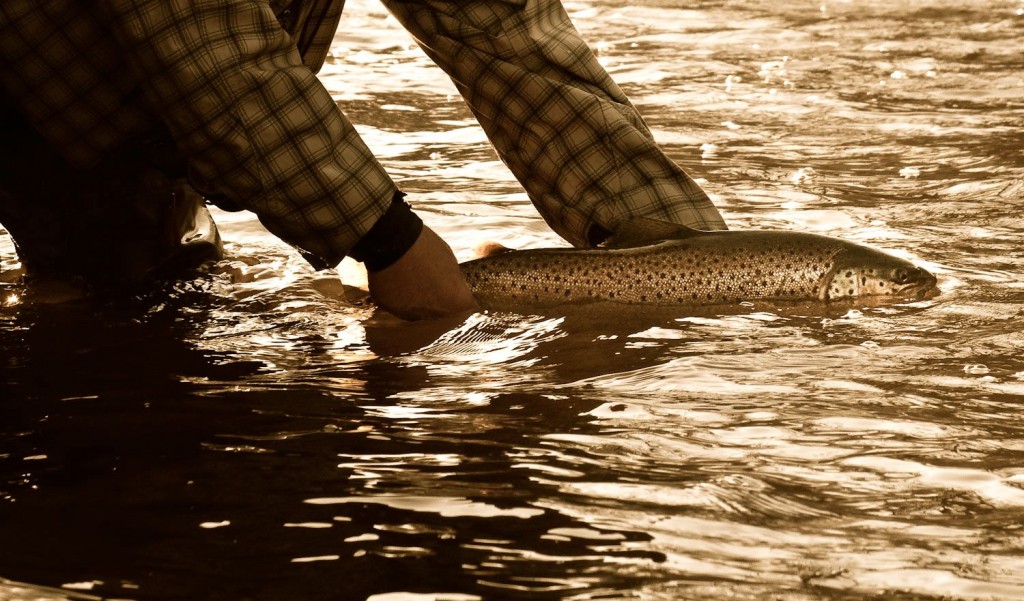
Have you ever pulled up to a stream after a heavy rain, ready to fish, but canceled your fishing plans because the water looked too high and dirty?
I’ll be the first to admit there are times when this is the case, but very often anglers scratch their fishing plans when they should instead, have Fished-ON. The fact is, trout can see a whole lot better than we think, and if you fish the right kinds of fly patterns, and target the right water, in many cases you can do pretty darn good fishing in these water conditions. Even better, your odds at catching a trophy fish are increased, because the dingy water will both mask your approach and keep big educated trout from being able to scrutinize your fly patterns. So go ahead, call those anglers you despise and tell them the waters blown out, and you’ll have a good chance of having the water to yourself and wailing on fish all day long.
Tip 1. Target the Right Kinds of Water
So you’ve decided to take my advice and fish on, good for you. The first thing you need to do when fishing high and dirty water is target high percentage water. I search out the slower moving seams close to the banks, long stretches of fast shallow water that are followed by buckets or deep water where the fish will stack up, and eddies behind boulders or lay downs. These are all safe havens that trout search out refuge in during high water. They all allow trout to save energy by staying out of the excessive current, while capitalizing on the large influx of food sources drifting. Increased flows and rising water increases the amount of food available for trout. Many aquatic insects get flushed off the bottom of the stream, while others emerge from the freshly submerged stream banks. Examples of this are big stoneflies that are normally found hiding away in clumps of debris and under rocks, and cranefly larva that get washed in from the high water flowing along the banks.
Tip 2. Choose Larger and Brighter Fly Patterns
The second thing an angler needs to do to increase their success rate while fishing high and dirty water is choose the right kinds of fly patterns to fish. This is the one time when I feel I don’t have to carry my entire arsenal of gear. I’ll gladly leave my fly boxes with all my tiny fly patterns and light tippet spools at the vehicle. I’ll rig up a 9′-12′ 3x-4x fluorocarbon leader and carry only my fly boxes with
Double Streamer Rigs Catch Trout
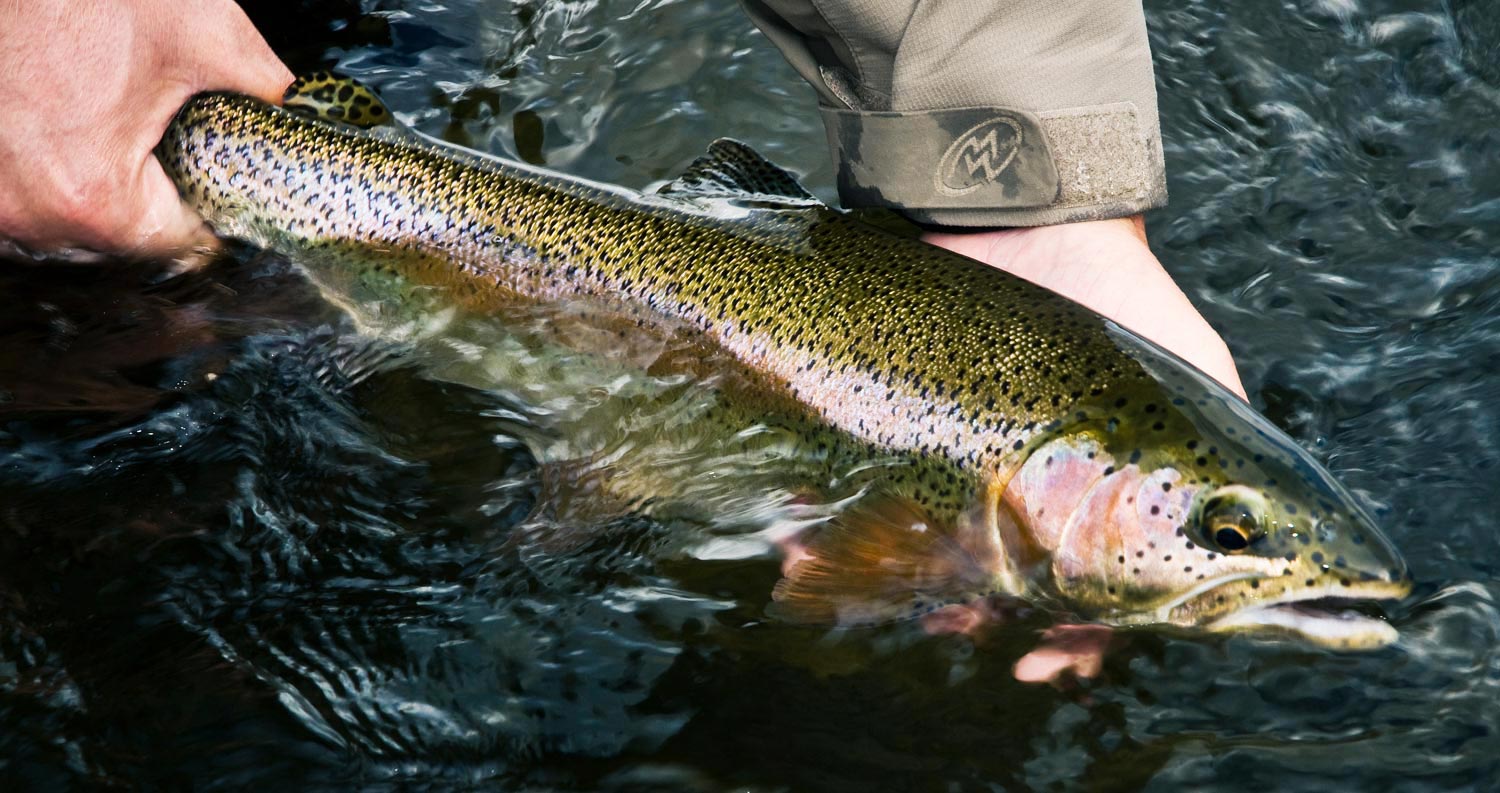
By Justin Pickett
WE ALL HAVE TO DEAL WITH REJECTION, BUT NOT FROM A FISH.
Undoubtedly, there have been numerous occasions where you’ve been stripping streamers and had that big brown trout emerge from the bank, only to give your streamer a curious look and then give you the fin. This scenario is exciting, but in the end all you have is an empty net. So what can you do about it? Throw a little extra meat into the equation!
Now, I’m not talking about tying on two huge articulated streamers. That would be insane and something that I would never do!…. OK maybe I did it once…
Next time you’re out throwing big, meaty streamers and you’re getting refusals, try tying a smaller streamer, or even a nymph, off of the back of your rig. It’s like a little snack. That big streamer might have been enough to move that pig from his lie, but sometimes it’s the trailing fly that makes him eat. Try a woolly bugger, a muddler minnow, or a stonefly nymph. Heck, you might even try
Read More »A Day At Horse Creek Ranch
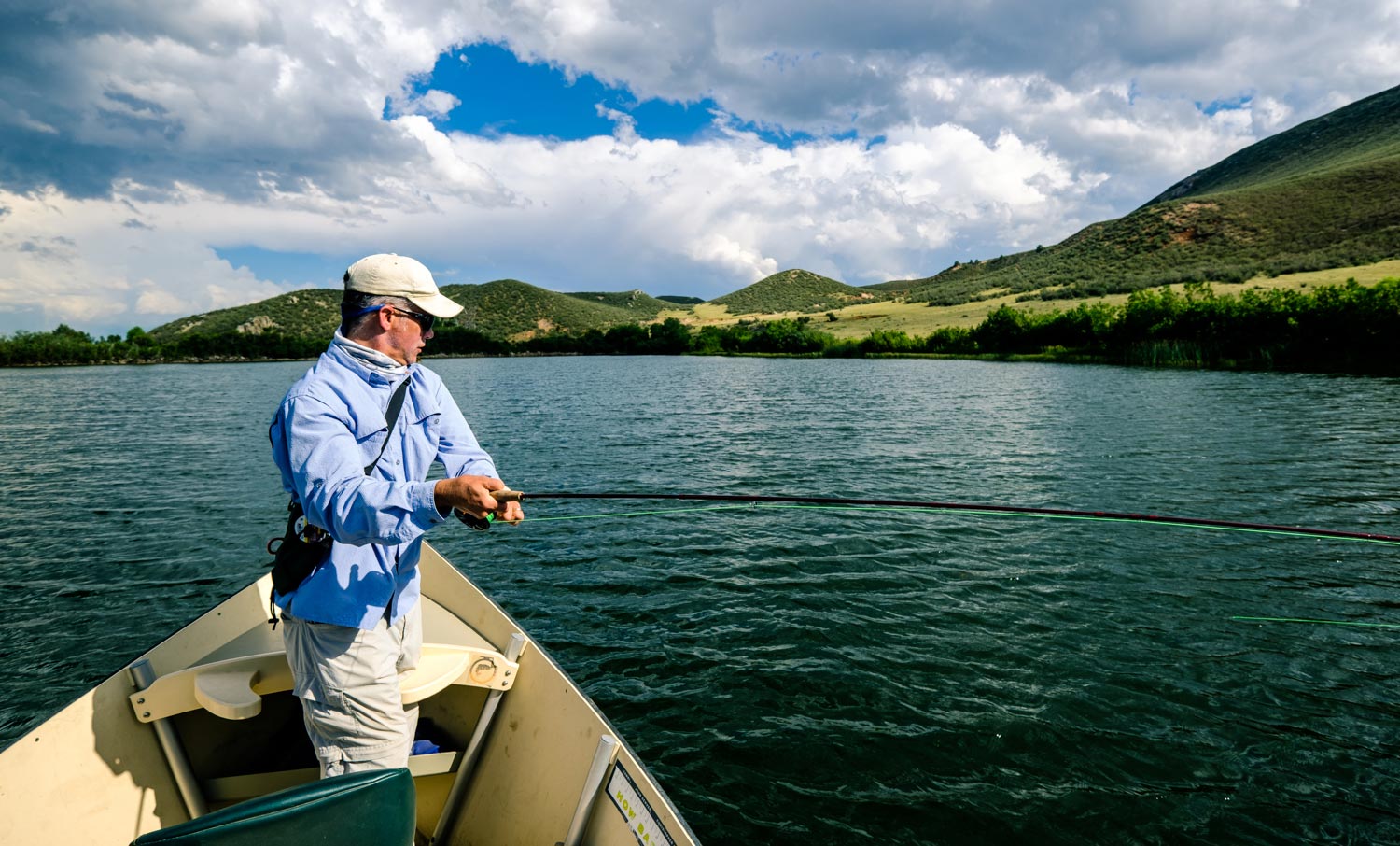
I DIDN’T KNOW EXACTLY WHAT TO EXPECT.
I’ve pulled out of Denver plenty of mornings before sunup. Sipped my coffee as the band of shining blue fog rose in the east and the front range blushed pink to the west. I’ve found my boots in plenty of Wyoming water on days like that but Cheyenne never been more than a pitstop. A windswept dusty place I’d stop for gas or to refill my cup, but never to fish.
I know there’s plenty of good fishing to be had in the area. I have a list of invitations as long as my arm and I’d love to answer every one of them, but when Bob Reece called and invited me for a day at Horse Creek Ranch, I couldn’t say no. Even if it was Frontier Days and there wasn’t a bed to be found.
I’ll be honest, my expectations were tempered. To the eye of a southerner, the Cheyenne landscape can leave you aching for a tree. I know I’ll hurt someone’s feelings but I’ve never thought of it as a scenic place. It’s also been quite some time since I got excited about private water. I don’t think there’s anything wrong with it and I’ve had good experiences and bad, but the shine wore off a while ago. However, Bob is as fishy a guy as you’ll ever find and if he says its worth a look, I’m in.
It didn’t take but about ten minutes’ ride from Bob’s house to see how foolish I’d been to judge the place. The landscape was beautiful and when we got to the ranch I found my tree. The largest living cottonwood in Wyoming, in fact. I’d have made the drive just to see that. I shook the hand of a fellow named Lawrence, who’s mustache hung a full six inches below his chin and watched a herd of two-hundred wild horses move along a ridge. Wyoming never disappoints me.
Horse Creak Ranch has a handful of streams but the real attraction is its seventeen lakes. With only three anglers per day allowed on the 60,000 acre property, you feel like you’re fishing virgin water. Not a sign that anyone has been there before you. That’s a good start on a great day. Bob rowed the drift boat over patches of aquatic grass, rich with insect life, and it wasn’t long before the action started.
Read More »So You Want To Be An Alaska Guide?
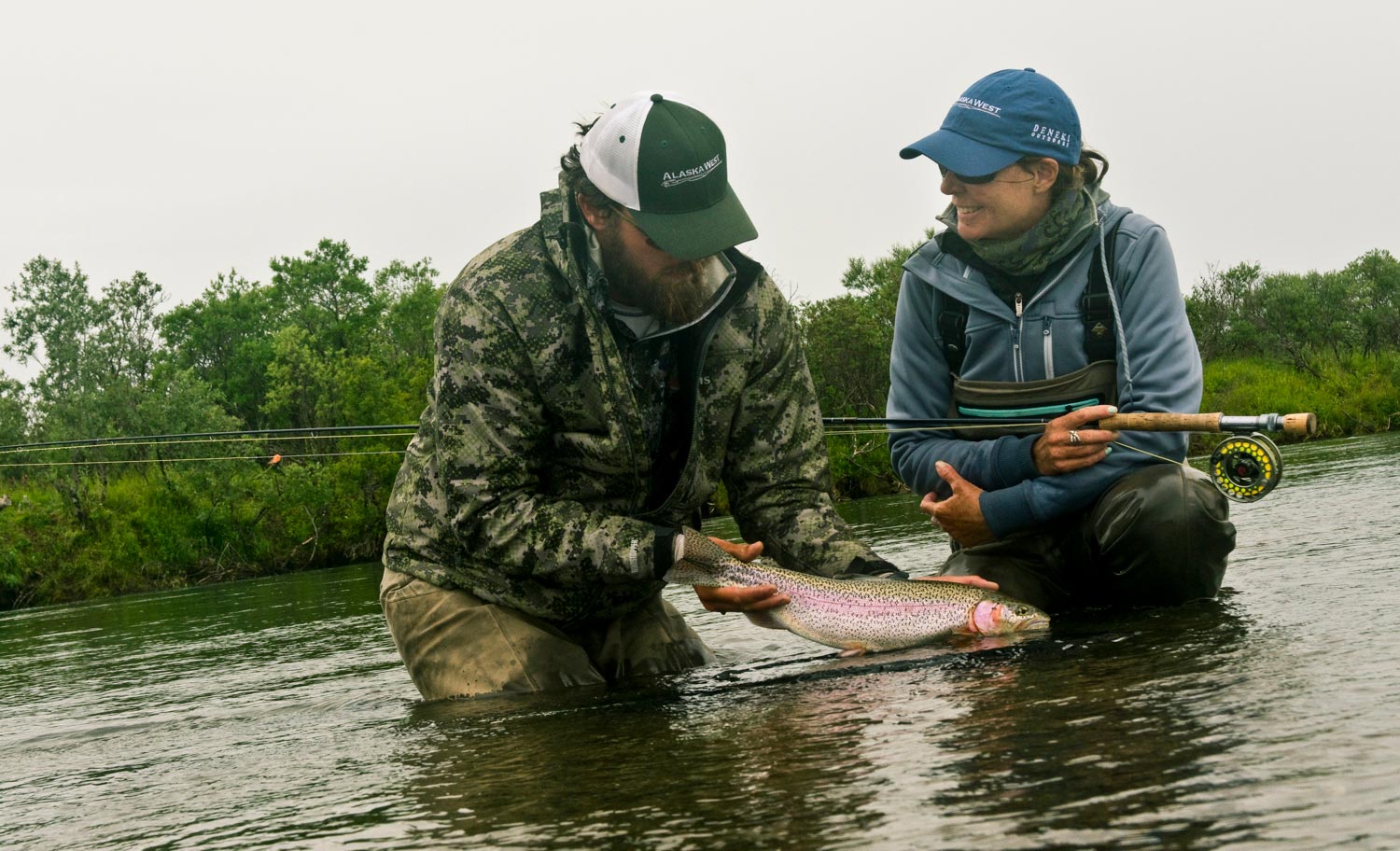
By Whitney Gould
The plane, which brought me to Western Alaska is gone.
I’m standing on a remote, empty tarmac. The sky is a herring-gull gray, the air crisp and clean. I am surrounded by tundra. The only visible object is a square box painted white, the airport. People come, pick up passengers and supplies, and disappear as suddenly as they arrived. This is my dream job. I’m an Alaskan guide and I am losing any shred of confidence.
Weeks prior, I had emailed Ed the head guide, asking him what skills I would need to get through the season.
“It’s long hours day after day,” he wrote. “It can become grueling, I won’t lie about that, but it also offers many opportunities for the ‘best of times’… The main thing we look for up there is dependability, a stable personality, and the ability to get along with others while working in a confined social environment for a long period of time.”
Standing there, I thought, maybe I have two of these qualities, but if no one comes to get me, I now have paper to start a fire. Eventually I am picked up.
Nothing in Alaska is wasted. Trips to the airport or town are condensed, combined with supply runs and trips, to the post office and dump. This day is no different. Tyler, the camp hand, drives us eight miles up river to deliver me and supplies to camp. My arrival is no different than that of the guide I am replacing, or the guides who will replace me in five years.
Rick, the camp manager, greets me. After introducing himself, he gives me a tour and tells me to be ready after lunch to gravel the walkways.
Graveling is no easy task. It’s tedious and exhausting. Early season brings high water, so the trick is to find an exposed gravel bar. You take the boat to a bar
Read More »You’re tying your boots wrong

By Dan Fraiser
I’ve waded hundreds of miles with dozens of different anglers over the years. One problem that has troubled nearly every one of them at one time or another is wet boot laces coming untied. I’ve watched them retie wet laces, cinching them down with all their might. I’ve seen them tie the double knot, only to spend many minutes in fading light trying to figure out exactly which lace to try to pry loose, sometimes with tools, in order to get the boots off. This problem is so ubiquitous that the industry actually invented a technological solution. That being the Boa System. Now full disclosure, I use the Boa on the boots I wear with my waders and I love it. We can debate the merits of that somewhere else. But on my wet wading flats boots I have regular old stone-age laces like everyone else. However, I NEVER suffer from laces coming untied. Why? Because we were all taught to tie our shoes wrong. With one flip of the wrist, we learned to tie the weak form of the shoe knot rather than the strong form. The weak form is not self-tightening, lays your loops the wrong way across your boot and significantly increases untying events especially in large round laces like those found in wading boots. Here is a very short TED Talk video that will demo the right way to
Read More »Getting A Grip On Fly Casting: Video
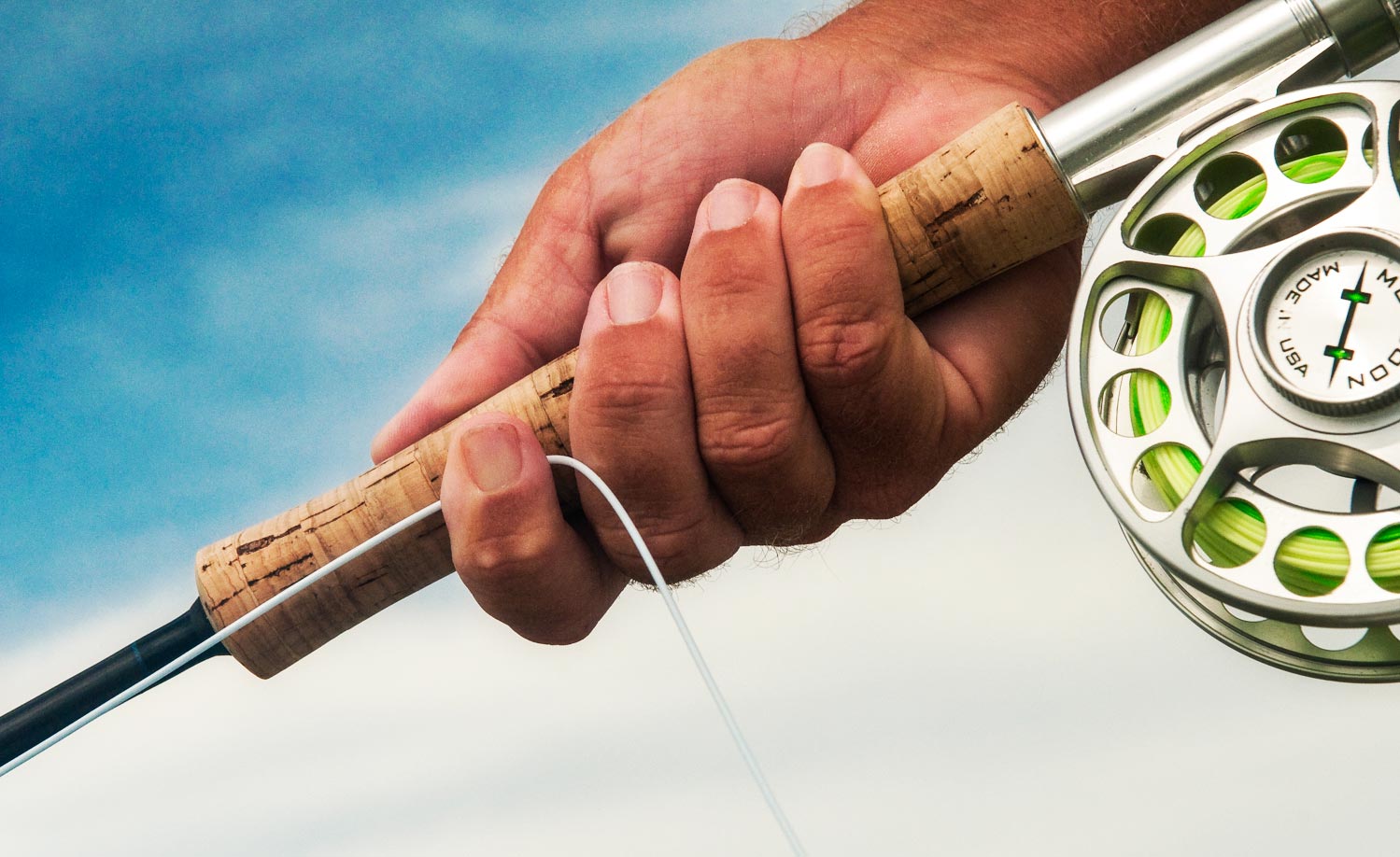
No one grip is right for every casting situation.
In general, there isn’t enough said about grip in fly casting. I spent the first half of my life with a poor casting grip. I finally ran into a gentleman who helped me find a grip that worked for me but for years after that I never thought any more about it. When I started fishing in saltwater that trusty old grip failed me once again.
I got help again and straightened out my cast but it wasn’t until I met Tim Rajeff, and he explained to me how different grips work with different casting strokes, that I fully understood the mechanics of the casting grip. I now have technique and the knowledge about how and when to use it.
It’s made a huge difference in my casting, especially my accuracy. I also have much less trouble with casters elbow. It turned out I was causing myself a lot of pain by combining the wrong grip and casting stroke. It’s been so great for me, I asked Tim to share this quick tip in a video. It helped me become a better caster and I know it will help you.
Watch the video and get a grip on your fly casting!
Read More »Elevate Yourself to Increase the Distance You Can High-Stick

Most of the time when your fly fishing for trout, the last thing you want to do is elevate yourself. In most scenarios, that will usually do more harm than good, by increasing the chances of trout spotting you and spooking. Notice I said “most scenarios”, every once in a while, an angler is forced to go against traditional principles to find success. The other day, I found myself trying to fish an eddy and slow water seam on the far bank. Making the cast wasn’t the problem, it was getting a long enough drag-free drift to get my fly to the fish. Even with my best high-sticking efforts, every cast the super fast water between me and my target water would grab my fly line and suck my flies out prematurely. After a couple minutes of struggling with my drifts and failing to get any bites, I decided to climb up on a boulder next to me. This elevated me three feet, and allowed me to keep 100% of my fly line off the water and get that long drag-free drift. I caught three trout after
Read More »Dickey’s Tarpon Muddler
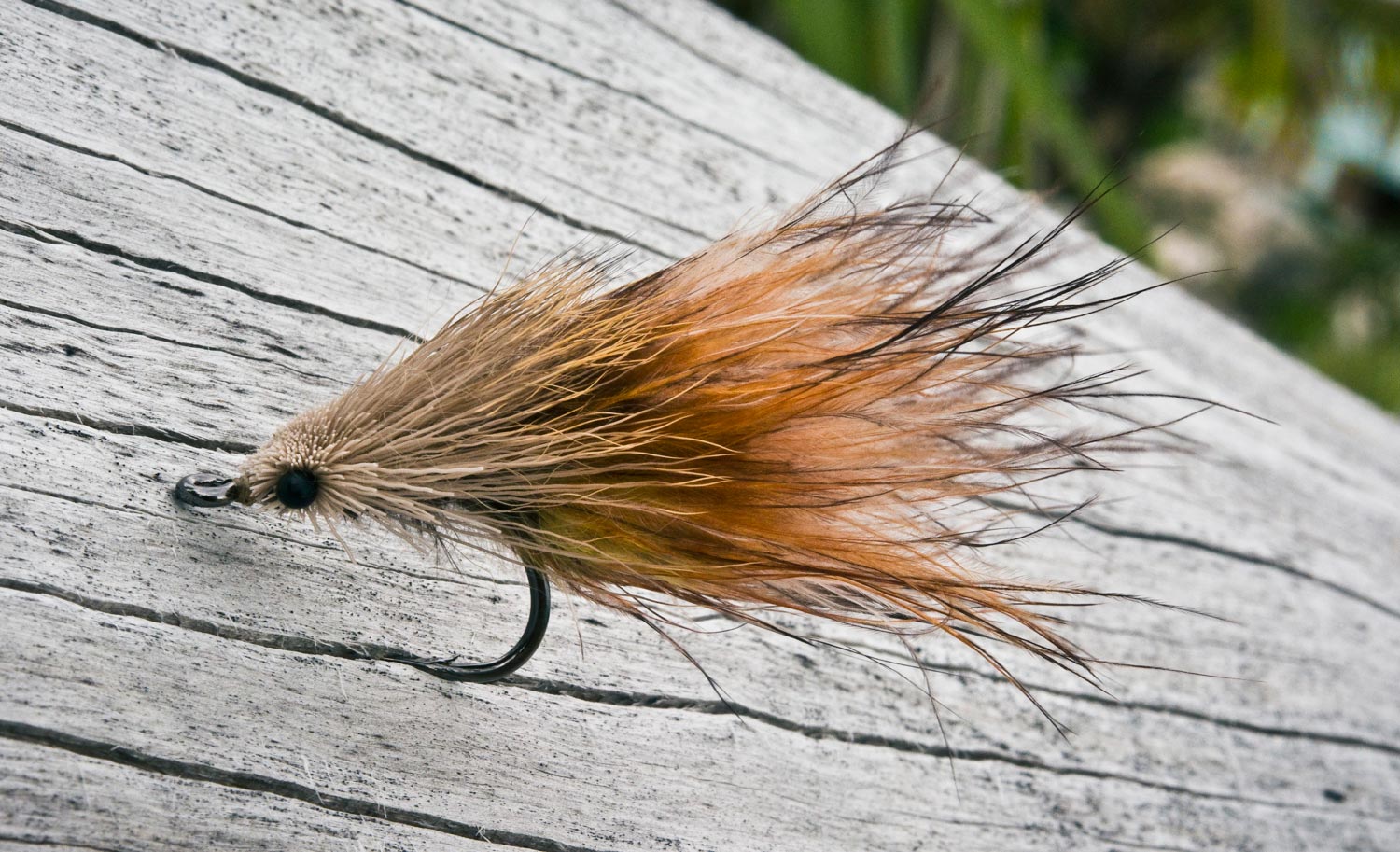
IS THERE ANYTHING MORE SATISFYING THAN CATCHING A FISH ON A FLY THAT YOU TIED YOURSELF? WHAT ABOUT WHEN THAT FISH IS A BIG, LAID UP TARPON?
Where going to spend a little time helping you do just that. A couple of my good friends are going to share some of their favorite saltwater patterns with you. Joel Dickey is going to kick it off with this great pattern of his. Dickey’s Tarpon Muddler.
This is a fly that Joel uses with great results for laid up tarpon and for rolling tarpon in the early morning. It’s a simple tie that uses some sexy materials and some traditional techniques. It has a great profile and an enticing action.
Watch the video and learn to tie Dickey’s Tarpon Muddler. It might just put you on the fish of a lifetime.
Read More »